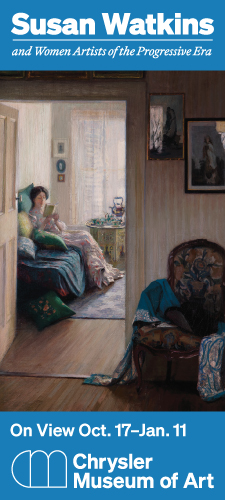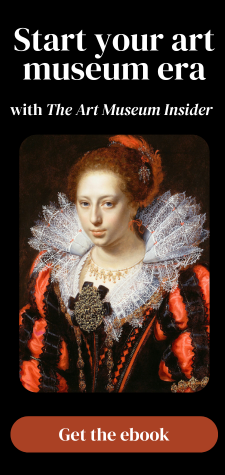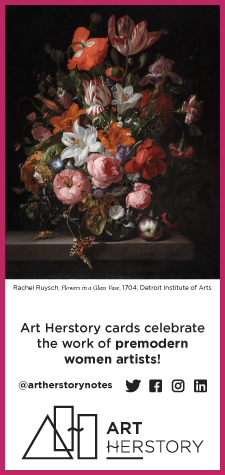Here we list all the new books about women artists—from the past, and also from the present—that have come to our attention, published in the second quarter of this calendar year. Each description is drawn from the blurb on the publisher’s website. Do you know of other titles that should be on this list? Please let us know by comment or by email (Erika@artherstory.net).
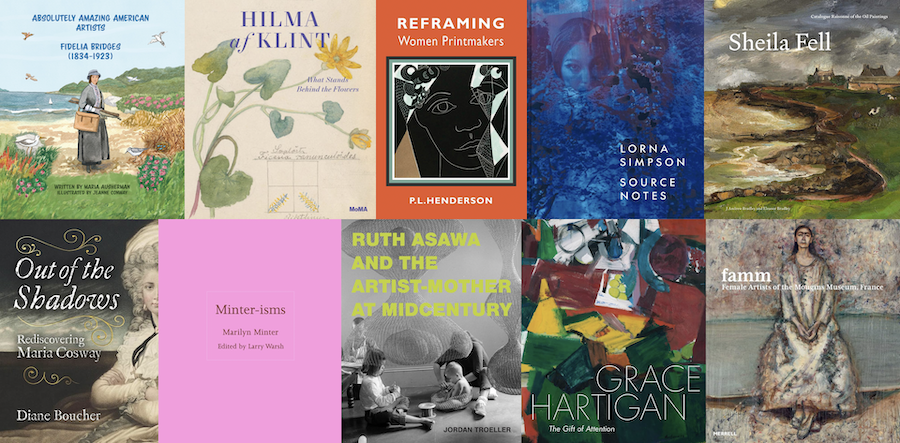
For young readers
Absolutely Amazing American Artists: Fidelia Bridges, by Maria Ausherman, illustrated by Jeanne Conway. Publisher: TBM Books, 2025.
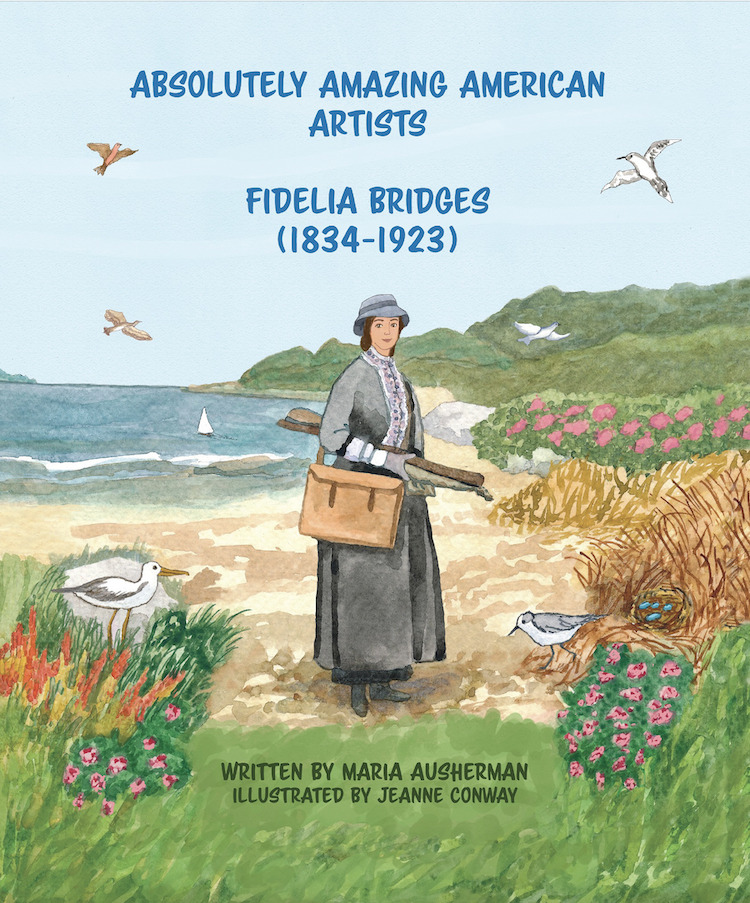
Whether hiking by the sea, in the woods, near a river, or in her backyard garden, Fidelia Bridges observed birds and flowers everywhere she went. Earning their trust, she could get close enough to paint birds while they were alive. She designed pictures of birds and flowers for cards that brightened the holidays for people throughout the United States. Popular after the Civil War, these cards reminded people about peace. Discover the life and art of Fidelia Bridges! Learn how she not only painted pictures of birds and flowers but also worked hard to protect their habitat.
Frida Kahlo’s Flower Crown, by Nydia Armendia-Sánchez; Illustrated by Pura Belpré Honoree Loris Lora. Publisher: Abrams, 2025.
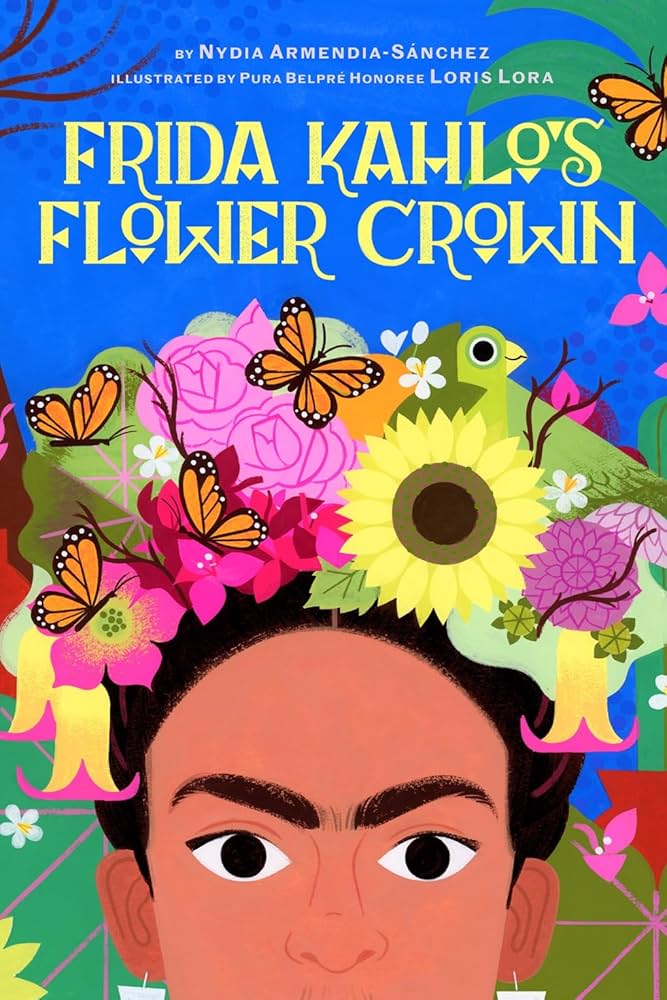
Told through the language and imagery of the native Mexican flowers and plants comes the life of acclaimed and beloved artist Frida Kahlo. Like a flower, Frida blossomed, wilted, was crushed, survived, and thrived, growing into one of the most celebrated Indigenous painters. This poetic and empowering picture book features the very flora Frida grew in her garden, bought at the market in her hometown, painted in her famous portraits, and wore proudly in a crown around her head. The back matter includes a labeled, illustrated guide to all the flowers and plants featured, an author’s note, and an activity for kids to make their own flower crown.
Adult non-fiction
Out of the Shadows: Rediscovering Maria Cosway, by Diane Boucher. Publisher: Unicorn Publishing Group, 2025.
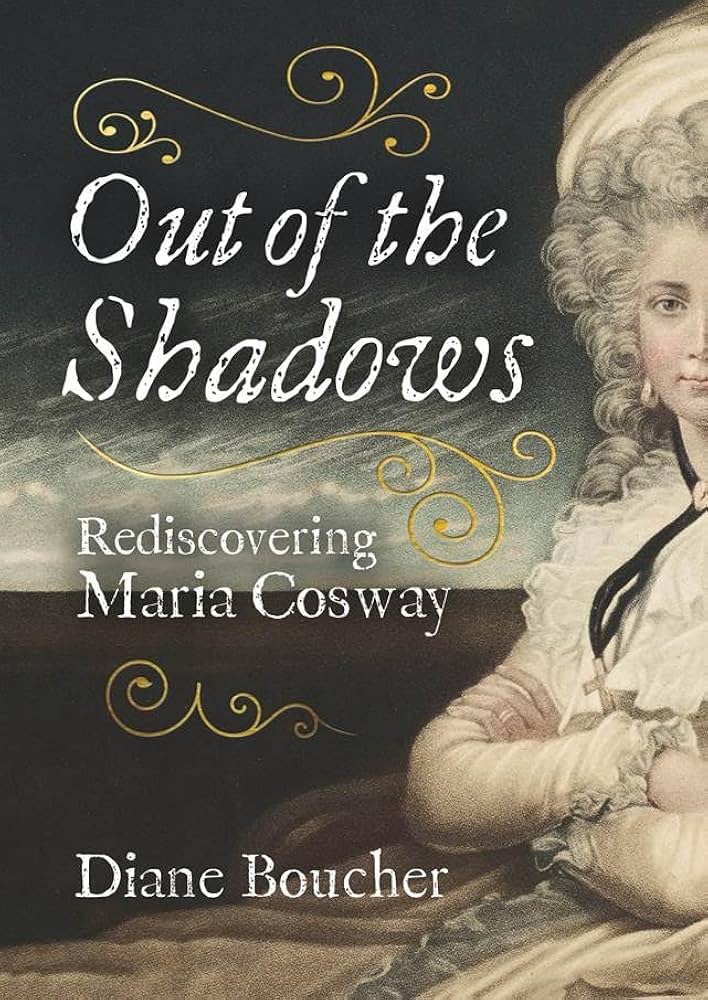
This book explores the life and work of Anglo-Italian artist Maria Cosway, one of the most talented and dynamic women active in Regency England, but one whose achievements have been largely overlooked. Born in Florence in 1760, she was acclaimed at an early age as both a painter and a musician. She exhibited 41paintings at the Royal Academy summer exhibition between 1781 and 1801. She hosted regular musical soirées at the Pall Mall house she shared with her husband, Richard Cosway. They were attended by the political and cultural elite of London. Maria had an extraordinary network of connections to the great and the good of the late-18th and early-19th centuries. Estranged from her husband by 1801, Maria Cosway largely gave up painting and reinvented herself as a progressive educator, founding schools for young women: first in Lyon, later in Lodi, Italy.
The Miniature Painter Revealed: Amalia Kussner’s Gilded Age Pursuit of Fame and Fortune, by Kathleen Langone. Publisher: Lyons Press, 2025.
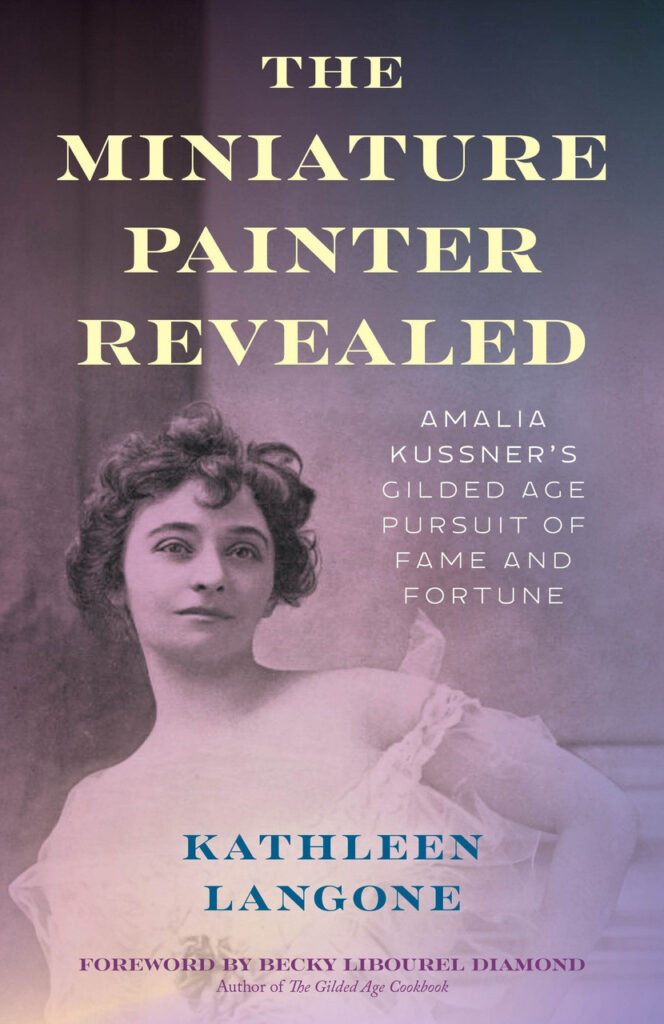
During the Gilded Age, Amalia Kussner’s portraits provided a grandeur that presented elites as American royalty. From the mid-1890s to 1910, having a Kussner miniature was just as important as owning fine jewelry or a mansion in Newport. Amalia Kussner has been included, along with other 19th-century women artists, in the “first wave of feminism” in large part because she commanded very high commissions, comparable to male artists of the time. No other female portrait artist had achieved the esteemed clientele base—or the notoriety—of Amalia Kussner. She was fascinating and sometimes mysterious—particularly regarding her sudden marriage to lawyer Charles du Pont Coudert. She achieved fame and fortune, but also accumulated a few lawsuits and scandals along the way. Richly illustrated, this book presents the riveting story of how one woman rose from simple beginnings to become one of the most sought-after miniaturists of the Gilded Age.
Read Rachel Berenson Perry’s review for Indiana Author Awards here.
Vanessa Bell: Modern Living, by Rosalind McKever. Publisher: Thames and Hudson, 2025.
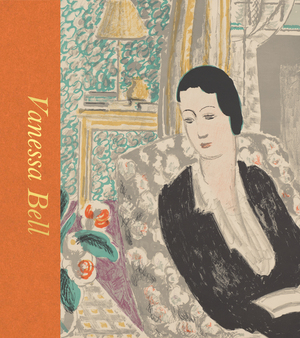
British painter Vanessa Bell initiated a step change in modern British art, bringing the bright palette and bold stylization of the Parisian avant-garde to London. She was a central figure in the Bloomsbury group, alongside members of her family and close circle including Virginia Woolf, Clive Bell, and Duncan Grant. Vanessa Bell: Modern Living explores Bell’s radical approach to art and life through her paintings, prints, and designs for interiors, textiles, book jackets, and more, bringing her work out of the shadow of her male contemporaries while celebrating her collaborative approach. Illustrated by more than 100 striking images, this engaging overview also considers Bell’s unique, artisanal designs for the Omega Workshops, and for Charleston Farmhouse in Sussex, her family residence, foregrounding the home as a crucial site of modernity.
Betty Joel: Furniture Maker, Designer and Businesswoman in 1920s and ’30s Britain, by Clive Stewart-Lockhart. Publisher: Token Books, 2025.
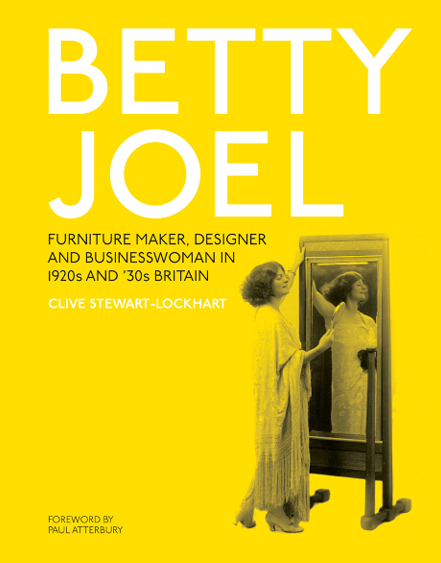
Clive Stewart-Lockhart’s account of Betty Joel’s life and work presents a plethora of new and fascinating material about this important designer. New information on the artist, acquired through hitherto untapped archives and memories, and recounted here for the first time, positions her as a remarkable, singular, and radical designer whose place in history should be re-considered. The book draws upon the author’s recollections, as well as unpublished diaries, family papers and Joel’s own photographic archive, to make a genuine contribution to design history in interwar Britain.
Transformative Objects and the Aesthetics of Play: Louise Bourgeois’s Sculpture, 1947–2000, by Lynn M. Somers. Publisher: Bloomsbury, 2025.
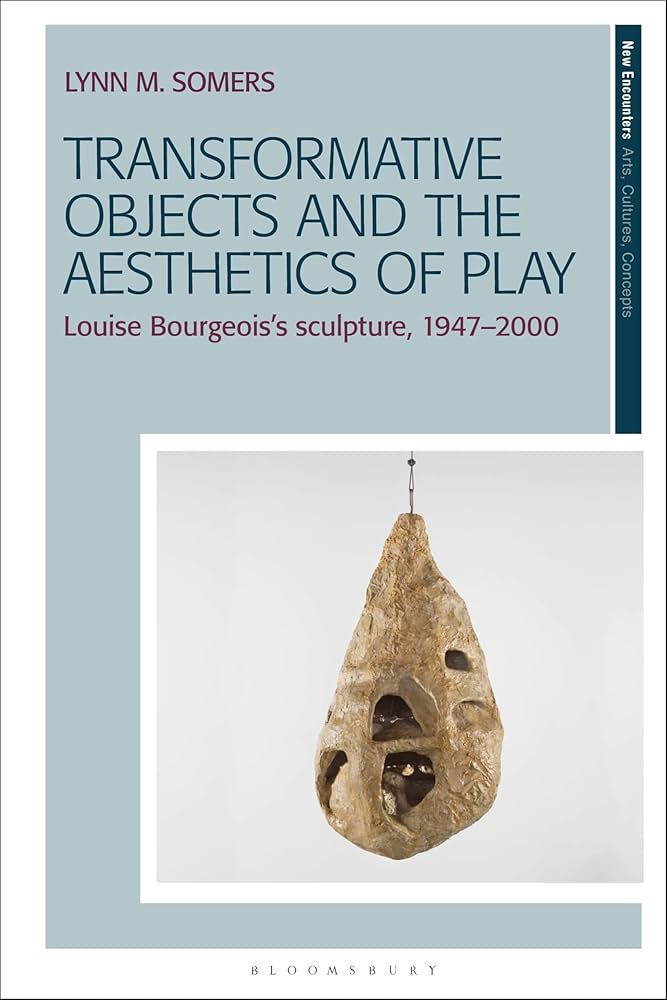
This book considers the sculpture of Louise Bourgeois in light of psychoanalyst D. W. Winnicott’s radical ideas regarding transitional objects, potential space, and play. The result is a model for exploring the complex and psychologically evocative work Bourgeois produced from 1947 to 2000. Weaving a tapestry of aesthetic, cultural, and psychological encounters, Transformative Objects and the Aesthetics of Play addresses critical relationships among Bourgeois’s work and that of other artists from Pieter Brueghel to Eva Hesse. Gathering critical perspectives from psychoanalysis, cultural analysis, feminist, queer, literary and affect studies, the book extends its specific art historical scope to investigate the crucial roles that art and cultural experience assume in everyday life.
Ruth Asawa and the Artist-Mother at Midcentury, by Jordan Troeller . Publisher: MIT Press, 2025.
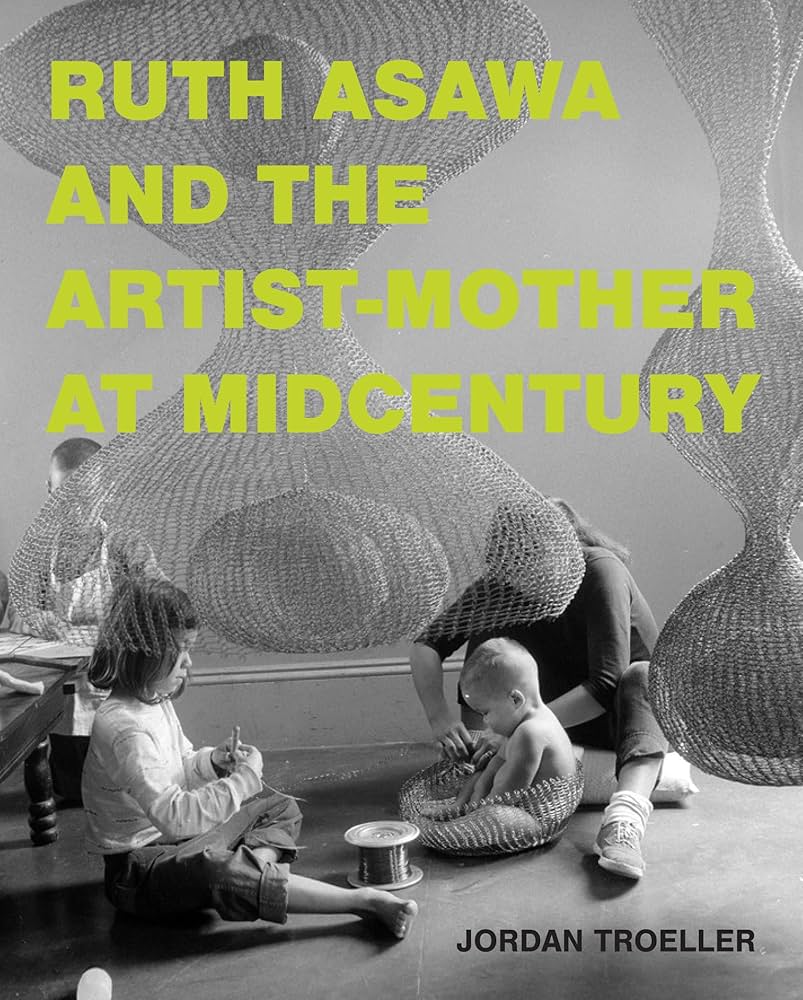
Ruth Asawa and the Artist-Mother at Midcentury analyzes a remarkable moment in the history of art. Insisting that their labor as mothers fueled their labor as artists, a group of artists in 1950s and 1960s San Francisco redefined key aesthetic concerns of their era, including autonomy, medium specificity, and originality. Delving into the archive, where the traces of motherhood have not yet been erased from official history, the author reveals Ruth Asawa’s personal and professional dialogue with several other artist-mothers, including Merry Renk, Imogen Cunningham, and Sally Woodbridge. Drawing on queer theory and feminist writings, this study argues that in belatedly accounting for the figure of the artist-mother, art history must reckon with an emergent paradigm of artmaking, one predicated on reciprocity, caretaking, and futurity.
Sheila Fell: Catalogue Raisonné of the Oil Paintings, by J. Andrew Bradley and Eleanor Bradley. Publisher: Lund Humphries, 2025.
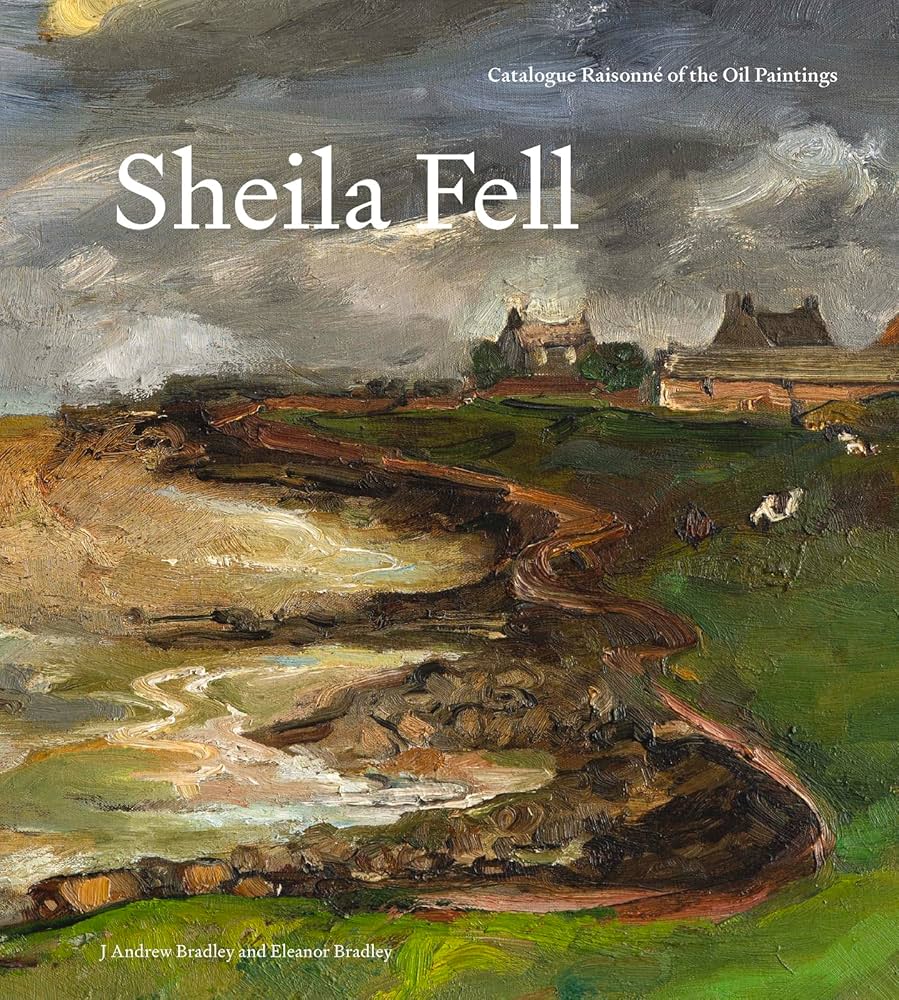
Sheila Fell was one of the most talented British artists of her generation. She was a figurative painter with a singular and powerful vision of the Cumbrian landscape of her childhood. In this book, for the first time, the full breadth of her artistic achievement is recorded in a catalogue raisonné of her paintings. The book features 471 expertly researched catalogue entries alongside a substantial art-historical narrative that charts Fell’s entire career. The narrative provides unique insights into the artist’s background, inspirations, technique and legacy. Especially in the context of the dearth of recent literature on the painter, this invaluable resource will stand as the definitive publication on Sheila Fell for many years to come.
Minter-isms: Marilyn Minter, Edited by Larry Warsh. Publisher: Princeton University Press, 2025.
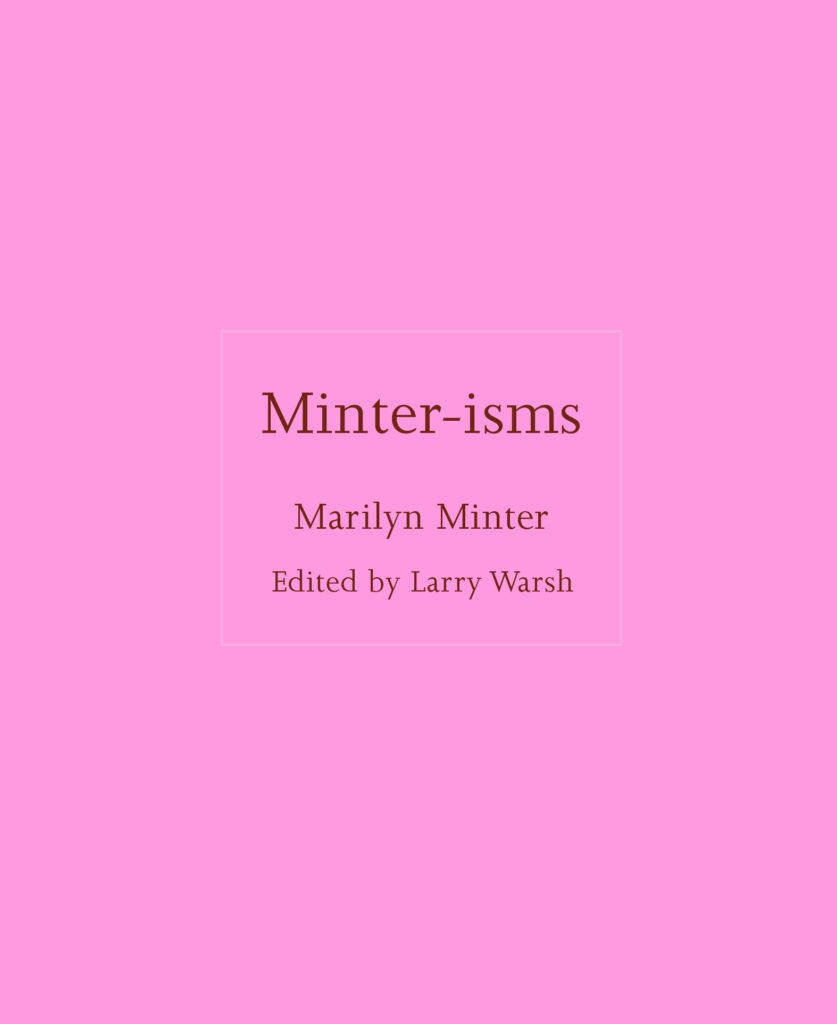
Minter-isms: Marilyn Minter is a collection of inspiring and empowering quotations from an artist noted for her frank treatment of sex—and for her portraits of Madonna, Pamela Anderson, Lady Gaga, and Lizzo. Gathered from interviews, articles, and other sources, Minter-isms presents quotations that reveal Minter’s trenchant thoughts on art, women, power, sexuality, pornography, politics, and more. Filled with wisdom and humor, the book offers new insights about the life, work, and mind of this groundbreaking artist.
Amy Sillman: Oh, Clock!, Edited by Eva Birkenstock, Kathleen Bühler, Nina Zimmer. Text by Eva Birkenstock, Kathleen Bühler, Jenny Nachtigall, Rose Higham-Stainton, Sabeth Buchmann, Julia Bryan-Wilson, Amy Sillman, Michelle Kuo. Publisher: Walther König, 2025.
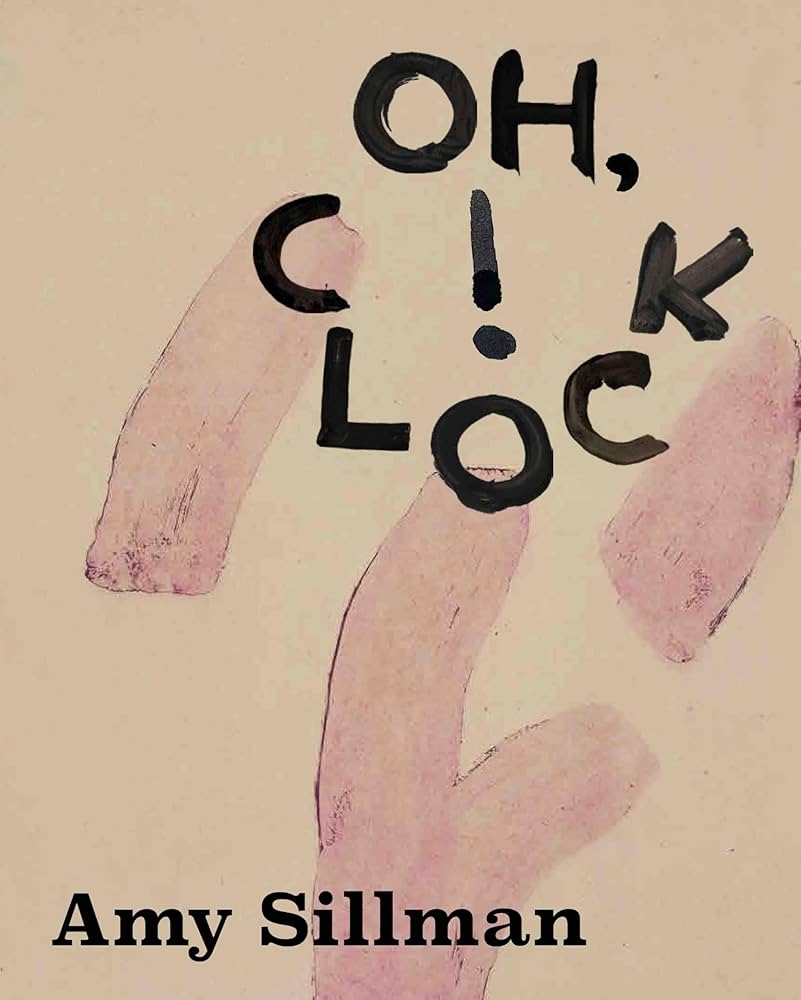
In her painting, American artist Amy Sillman expands the standards of abstraction using material and conceptual interventions in the painting process. Amy Sillman: Oh, Clock! highlights her critical exploration of the history of painting and conveys her complex and sophisticated painterly practice on canvas and beyond. This inspiringly designed book provides broad insights into Sillman’s approach to painting as a time-based medium. It presents in detail around 30 paintings and 300 works on paper, and several digital animations and site-specific installations, all of which were created in the last 15 years.
Reframing Women Printmakers, by P.L. Henderson. Publisher: Aurora Metro, 2025.
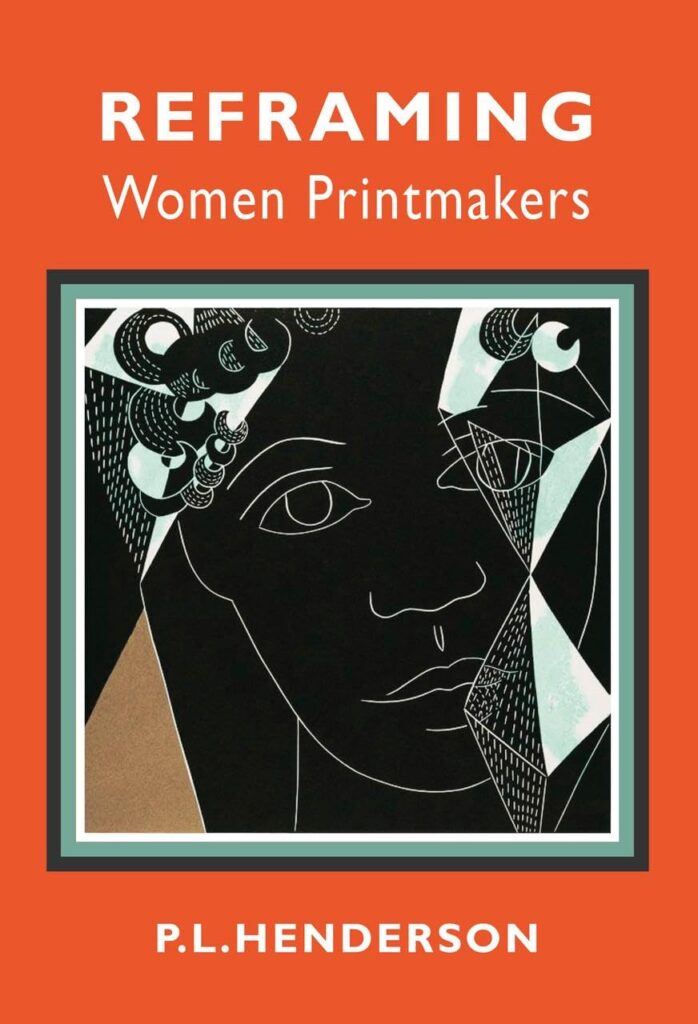
Who are the great women printmakers? From Cassatt to Kollwitz and Kruger to Kusama, the art of printmaking has been a catalyst for revolution in women’s artistic expression. This book revisits and reframes the fascinating lives of diverse and historic women artists, and their use of a range of printmaking techniques from engraving to digital art. Reframing Women Printmakers also explores the importance of printing in women’s activism via artworks, pamphlets, posters and zines.
FAMM: Female Artists of the Mougins Museum, France, Introduced by Kristan M. Hanson with texts by Samantha Baskind, Jennifer R. Cohen, Ellen G. Landau, Debra N. Mancoff, Jennifer Samet, Yayoi Shionoiri. Publisher: Merrell, 2025.
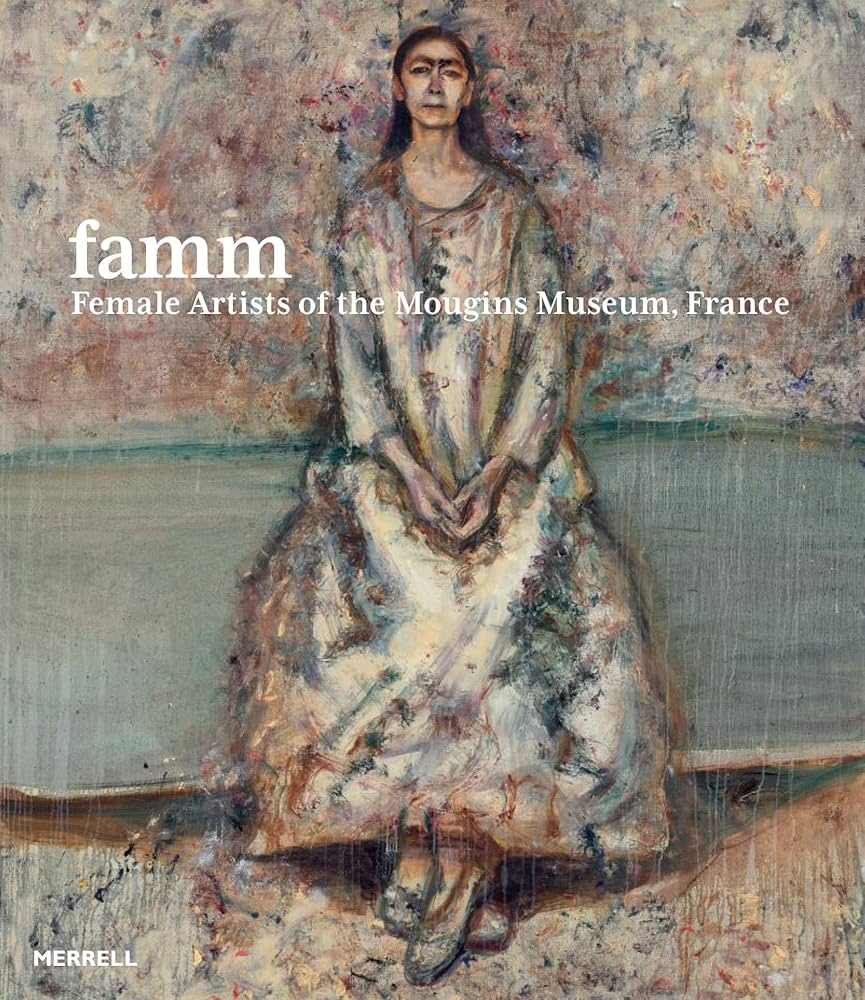
For centuries, art history has largely overlooked the accomplishments of women artists. Opened in 2024, the Female Artists of the Mougins Museum—FAMM for short—redresses this imbalance in the recognition and appreciation of women’s art from around the world. Through its paintings, sculptures and photographs drawn from the remarkable Levett Collection, FAMM is proud to tell the story of female creativity from Impressionism to the present day. Written by a range of female curators, academics and art historians, this superb book presents more than 200 spectacular artworks from FAMM and the wider Levett Collection. The publication is bookended by a lively introduction and an illustrated timeline that highlight significant events involving women artists and some of the most important stylistic and thematic currents in the visual arts since the mid-19th century.
Exhibition catalogs
Evelyn De Morgan: The Modern Painter in Victorian London, by Elizabeth Scott and The De Morgan Foundation. Publisher: Guildhall Art Gallery, 2025.
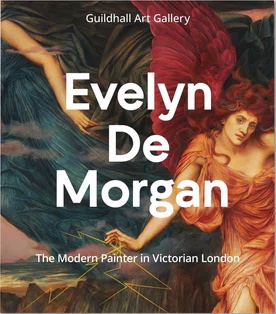
In 1897, a selection of Evelyn De Morgan’s work was included in a Collection of the British School who Have Flourished during Her Majesty’s reign at Guildhall Art Gallery. In 2020, one of her paintings was featured in The Enchanted Interior. Building on the long association between the artist and the venue, this catalogue celebrates Evelyn De Morgan: The Modern Painter in Victorian London, the latest exhibition at Guildhall Art Gallery. With beautiful color illustrations throughout, the volume also includes an introduction by Elizabeth Scott, Head of Guildhall Galleries.
Hilma af Klint: What Stands Behind the Flowers, Edited by Jodi Hauptman; with essays by Ewa Lajer-Burcharth, Laura Neufeld, Lena Struwe. Publisher: The Museum of Modern Art, New York (MoMA), 2025.
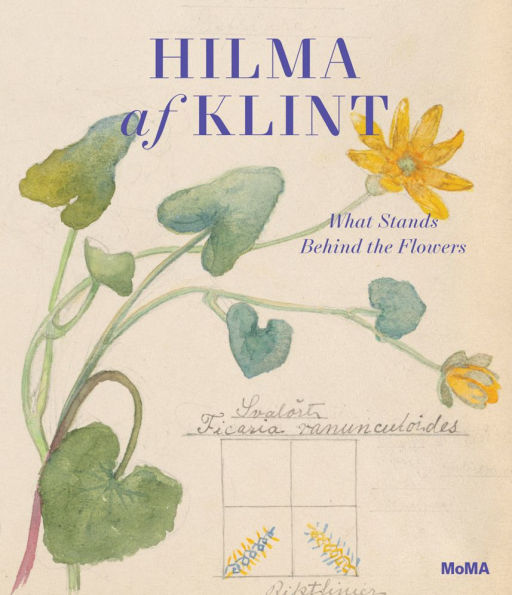
Hilma af Klint’s Nature Studies depict more than 100 blossoming plants in exquisite detail. But these are not conventional botanical drawings. Alongside the jewel-tone blooms, af Klint composed abstract diagrams—enigmatic spirals, targets, nested squares, and more—that visualize the spiritual qualities she observed in her subjects. Hilma af Klint: What Stands Behind the Flowers accompanies the inaugural exhibition of the Nature Studies, presenting this extraordinary portfolio alongside newly translated excerpts from the artist’s writings. A suite of essays surveys the Nature Studies’ inception, materiality, and philosophical touchstones. Related works by af Klint—including some only recently discovered—provide further context. Revealing the depth and significance of her botanical knowledge, the volume offers an essential new perspective on the achievements of this pioneering artist.
Hanna Hirsch Pauli: The Art of Being Free, Edited by Eva-Lena Karlsson and Carina Rech. Publisher: Nationalmuseum, 2025.
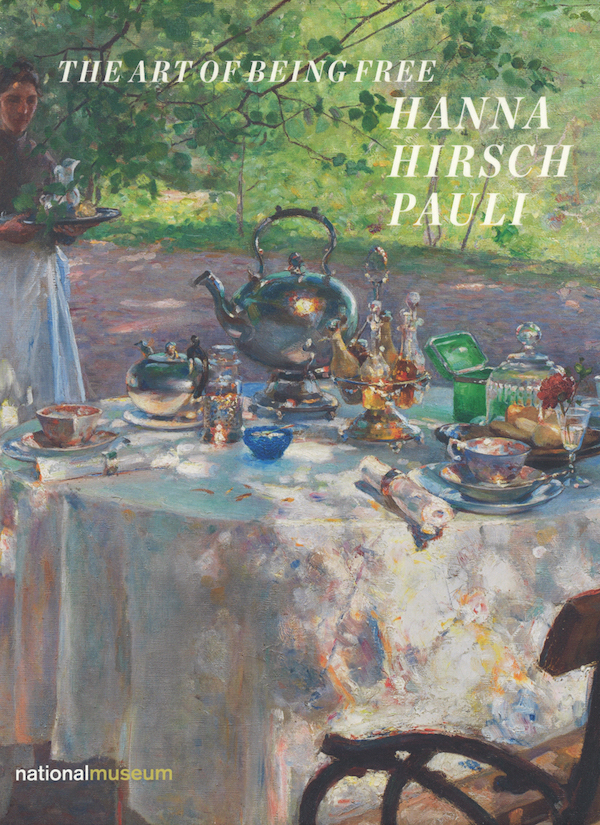
Hanna Hirsch Pauli is one of the best-known unknown painters in Nordic art from the turn of the 20th century. When she broke through as an artist in the 1880s, her style of painting was regarded as radical and innovative in terms of both choice of subject and stylistic execution. She painted iconic works such as The Artist Venny Soldan-Brofeldt and Breakfast Time. She was neither marginalized during her lifetime nor forgotten after her death. Yet much of her output is unknown to a wider audience, and her fascinating life story has remained largely unexplored. Research-based and richly illustrated, this catalog provides, for the first time, a comprehensive picture of her artistry. It presents Hanna Hirsch Pauli as an artist, and as a person.
Frida Kahlo’s Month in Paris: A Friendship with Mary Reynolds, Edited by Caitlin Haskell, with Tamar Kharatishvili and Alive Piliado Santana. Publisher: Yale University Press, 2025.
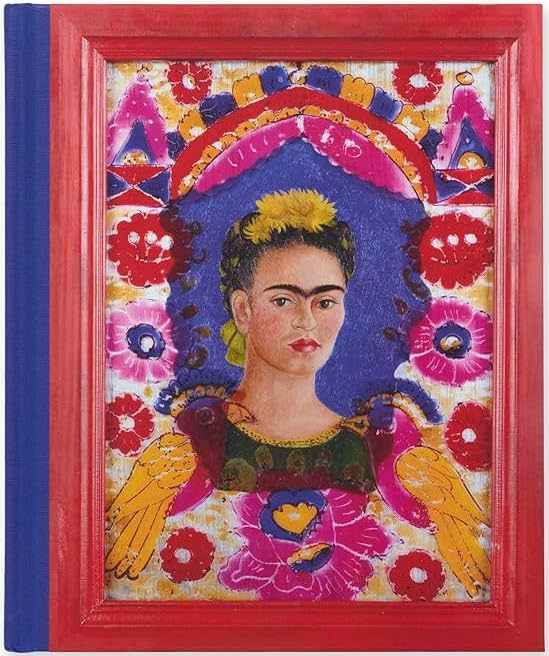
In February 1939, while visiting Paris, Mexican artist Frida Kahlo became sick. She convalesced at the home of American expatriate Mary Reynolds, an avant-garde bookbinder, collector of Surrealist artist books, and partner of Marcel Duchamp. This book traces the story of Kahlo and Reynolds’s connection and its influence on their work, even after the friendship had elapsed. Kahlo and Reynolds’s intense encounter unfolds in this volume through the artworks they each made, their shared exploration of Reynolds’s expansive Surrealist library, and letters from Kahlo to Nickolas Muray, in which she recounted her time in Paris. Included in this focused study are paintings and drawings by Kahlo, selections of books by Reynolds, photographs by Muray of Kahlo, depictions of Reynolds by artists in Paris, and a selection of letters between Kahlo and Reynolds describing their defining experience together.
Grace Hartigan: The Gift of Attention, Edited by Jared Ledesma, with contributions by Terence Diggory, Rachel Blau DuPlessis, Frances Lazare. Publisher: D Giles Ltd in association with the North Carolina Museum of Art, 2025.
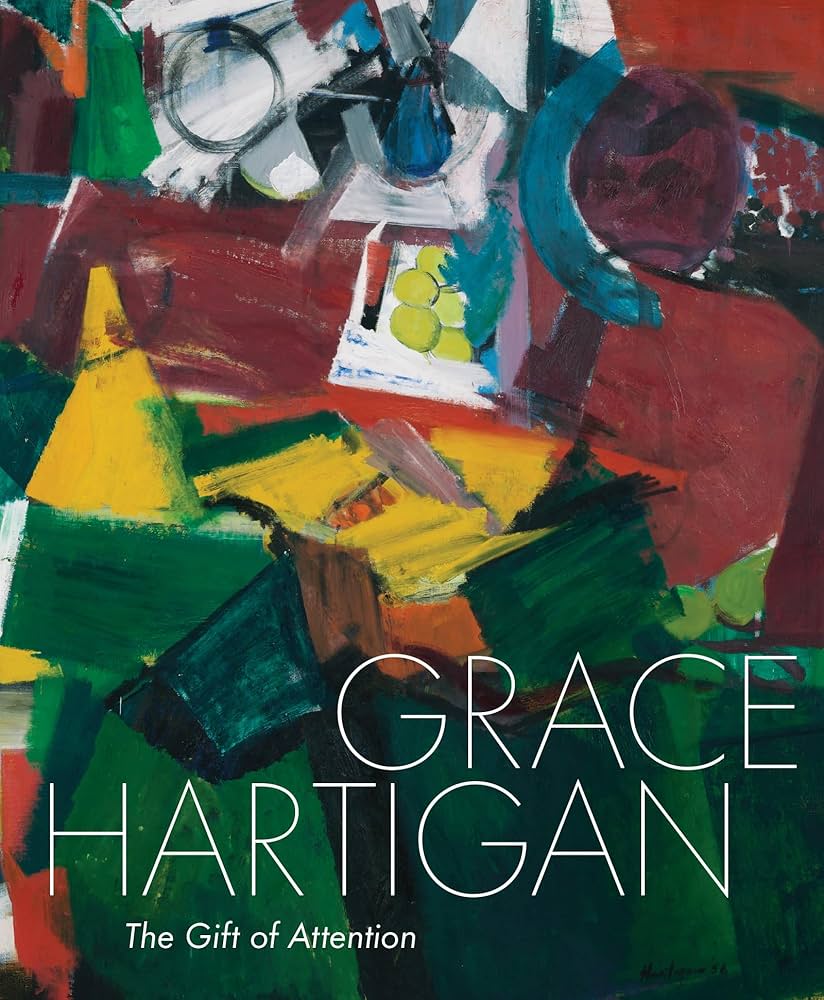
Through a compelling introduction and three illuminating essays, this book explores the significant impact of mid-century American poets and poetry on painter Grace Hartigan’s early career. The authors explore how key literary figures—supporters that included Daisy Aldan, Barbara Guest, James Merrill, Frank O’Hara, and James Schuyler—sparked Hartigan’s creativity, providing a fuller examination of the art she created during this time. This book not only spotlights Hartigan within the renowned circle of New York School painters and poets but also highlights the influence of several queer writers whose daring work and lifestyles profoundly shaped Hartigan’s outlook on art and life.
Erica Rutherford: Her Lives and Works, Edited by Pan Wendt. Publisher: Goose Lane Editions, 2025.
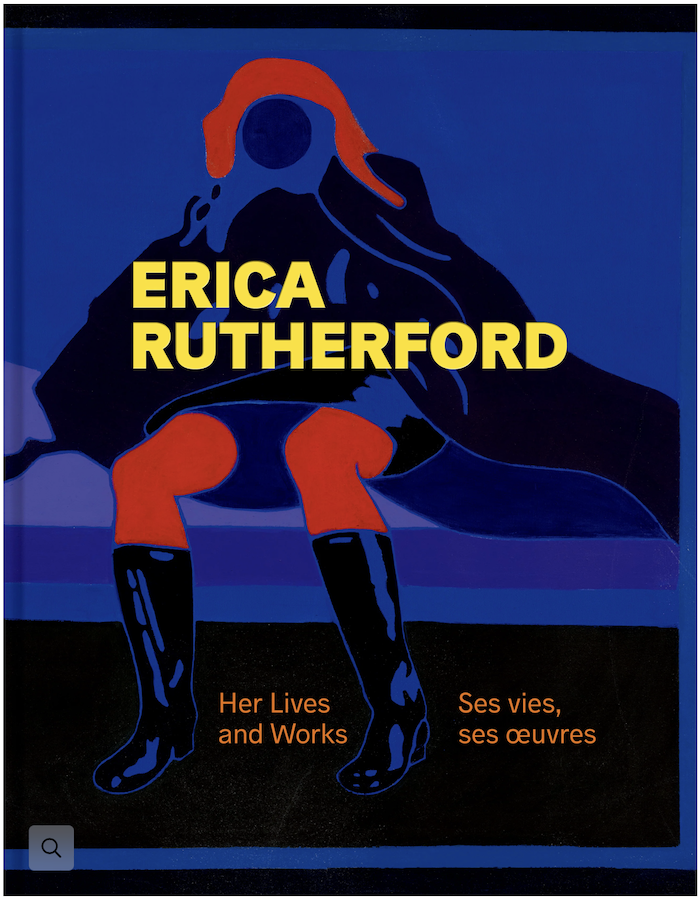
An artist, actor, filmmaker, farmer, teacher, and writer, Erica Rutherford’s remarkably multifaceted career took her across several countries and continents before she settled on Prince Edward Island in the 1970s. There she established herself as a painter and printmaker, using art to engage in a reflection on gender construction and agency. This remarkable retrospective includes reproductions of more than 65 paintings, prints, and drawings, as well as personal photographs. An interview with Rutherford’s widow, artist Gail Rutherford, accompanies critical essays by scholars and curators examining Rutherford’s stylistic evolution from dark semi-abstract collages to hard-edged Pop Art.
Ruth Asawa: Retrospective, Edited by Janet Bishop and Cara Manes. Publisher: Yale University Press in association with SF MOMA, 2025.
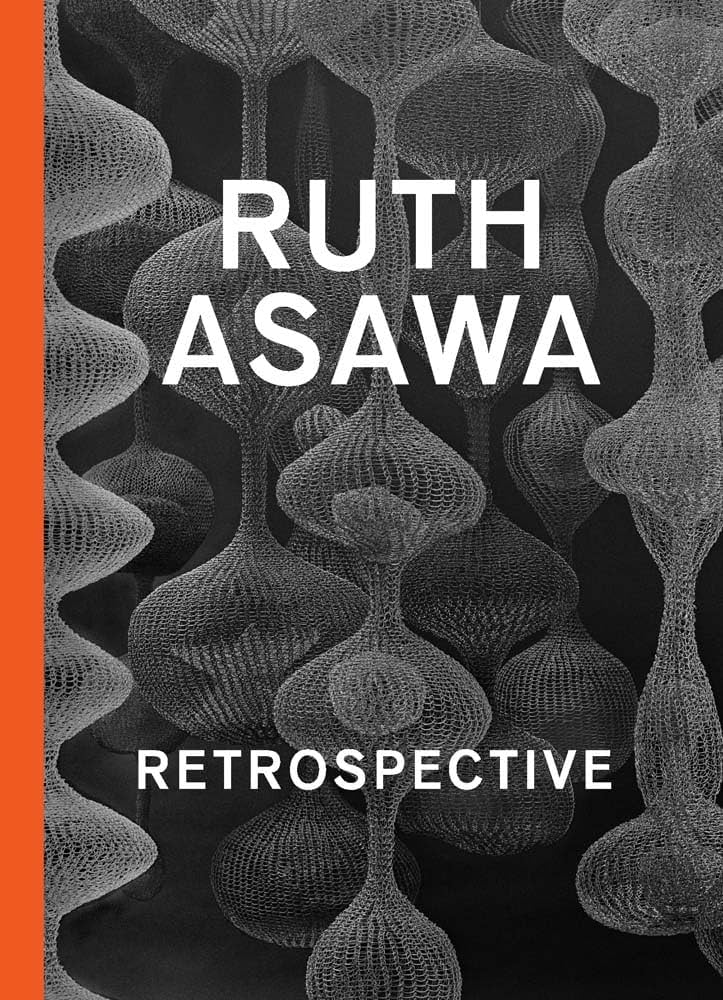
This extensively illustrated volume explores the astonishing expansiveness of Asawa’s work, from the abstract looped-wire sculptures for which she garnered national attention in the 1950s to her nature-inspired tied-wire pieces, clay and bronze casts, paperfolds, paintings, drawings, sketchbooks, and prints. The book explores the ways in which her longtime San Francisco home and garden served as the epicenter of her creative practice, and highlights the ethos of collaboration and inclusivity that informed her numerous public sculpture commissions and unwavering dedication to arts advocacy.
Vivian Browne: My Kind of Protest, Edited by Amara Antilla and Adrienne L. Childs. Publisher: D Giles Ltd in association with The Phillips Collection, 2025.
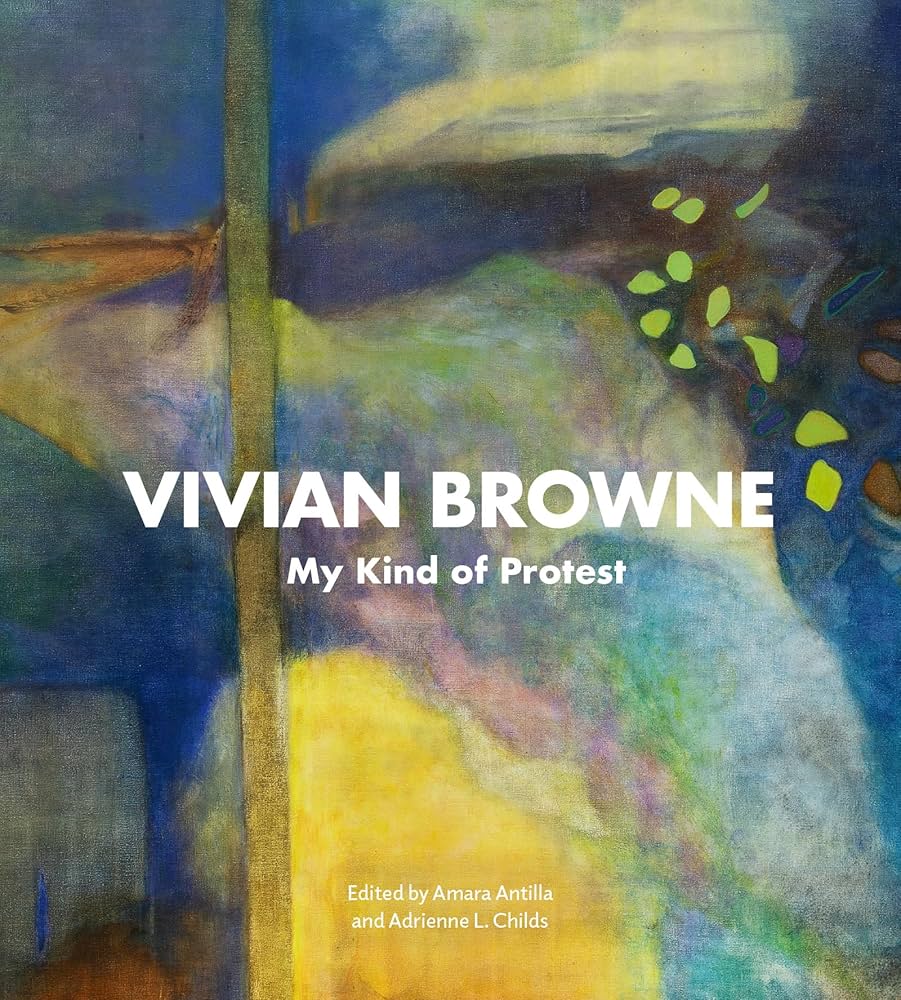
Vivian Browne’s active artistic career was framed by her lasting political engagement and activism, which included being an initial director of the Black Emergency Cultural Coalition (BECC), born out of a response to the Metropolitan Museum’s failure to include a single Black Harlem-based artist in its 1969 exhibition, Harlem on My Mind, and her active memberships of Where We At (WWA), the Women’s Caucus for Art (WCA), and the feminist art collective Heresies, from the early 1970s through her death in 1993. This volume presents about 62 paintings, prints, and works on paper across several major bodies of work, alongside ephemera highlighting Browne’s enduring activism and teaching work. Drawing upon previously unknown works and archives that have recently become available, this is a significant contribution to the history of 20th-century American art.
Lorna Simpson: Source Notes, Edited by Lauren Rosati with contributions by Hilton Als, David Breslin, and Adrienne Edwards. Publisher: The Metropolitan Museum of Art, 2025.
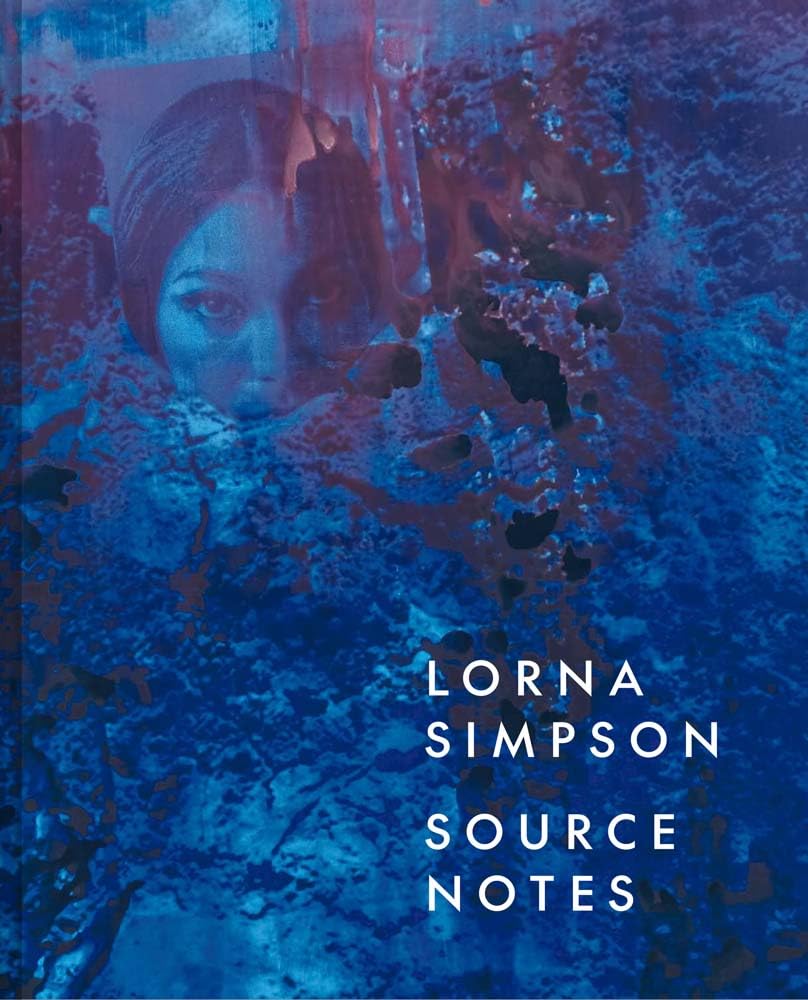
Lorna Simpson has worked primarily as a photographer for much of her career. This book presents a revelatory first look at her paintings, examining this significant new development in her practice over the last decade. Simpson’s recent works, midway between photography and painting, advance her incisive explorations of gender, race, and history through bodies that emerge and disappear. Her paintings draw on documentary photographs and images from vintage Ebony and Jet magazines, combining screen-printed collages of found images with washes of colorful ink on fiberglass, wood, or clayboard. The texts in this volume explore how Simpson’s fascination with time, memory, and the indeterminacy of representation propels her experiments in works that are both figurative and abstract, portraits and landscapes, paintings and photographs.
Tracey Emin: I Loved You Until the Morning, Edited by Martina Droth with contributions by Claire Gilman, Courtney J. Martin, and Tracey Emin. Publisher: Yale Center for British Art, 2025.
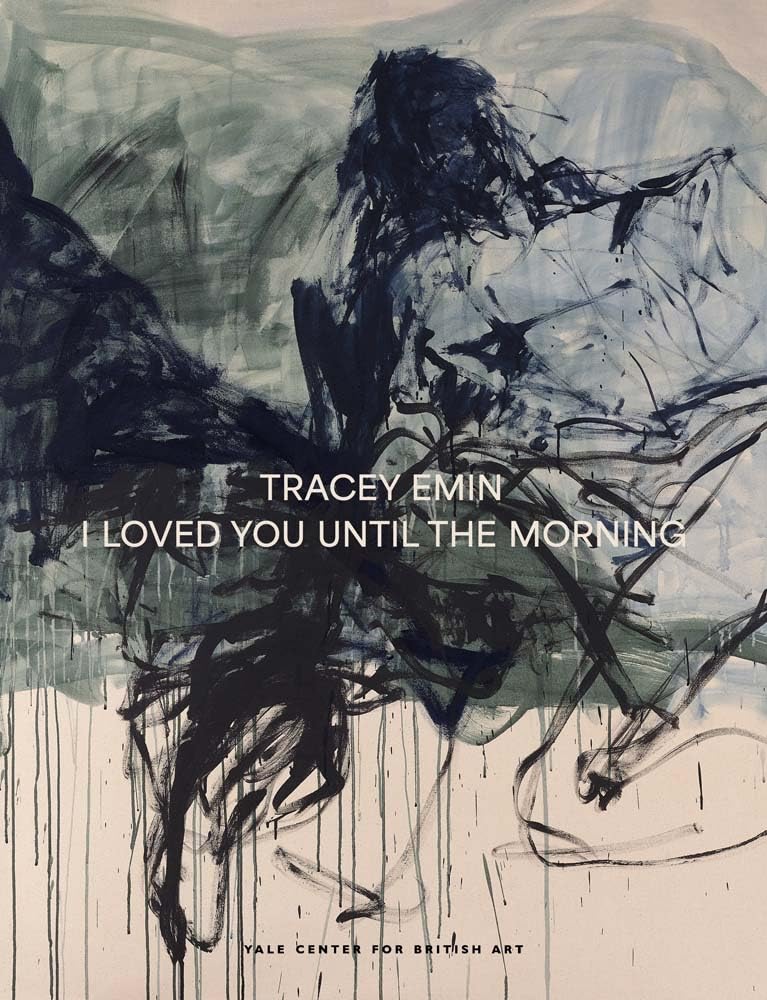
Tracey Emin is widely known for autobiographical works that explore themes grief, hope, loss, and love. For more than three decades, her art has challenged stereotypes about female experience and sexuality. Emin made her mark in the 1990s with iconic sculptural installations and the use of a wide range of media, including neon, textiles, film and photography, yet she has long considered painting as central to her artistic identity. Published to accompany the first North American museum exhibition of Emin’s paintings, this generously illustrated volume places her work in its art-historical context, opens new avenues for approaching her drawings, and offers an in-depth interview with the artist.
Nadia Myre: Waves of Want, Edited by Marie-Ève Beaupré. Publisher National Gallery of Canada, 2025.
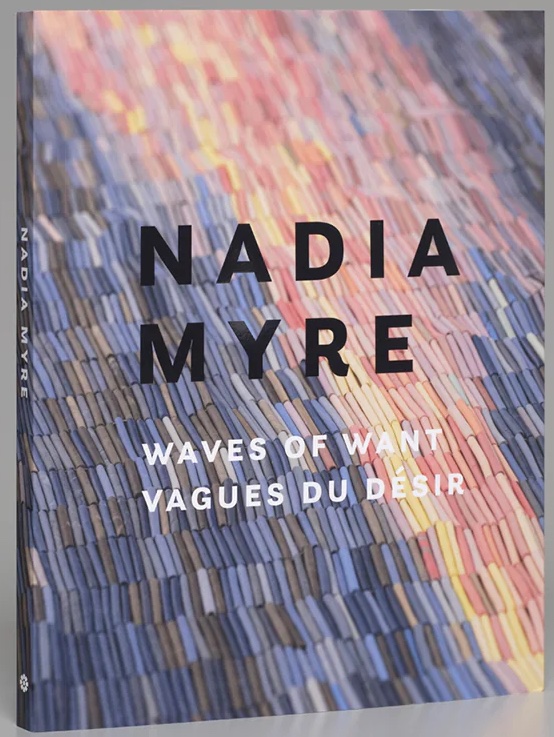
Renowned for her rich and diverse practice, interdisciplinary artist Nadia Myre weaves together personal and political narratives around Indigenous identity, both past and present. Navigating the complex legacies of colonialism, nationhood and memory, her work fosters profound dialogues on the politics of belonging. Nadia Myre: Waves of Want presents more than two decades of Myre’s practice, including beadwork, sculpture, installation, video and poetry. Featuring essays and stunning reproductions, this volume examines how we engage with history through art, archives and language.
Radical! Women Artists and Modernisms 1910–1950, Edited by Saskia Bak, Andrea Jahn, Stella Rollig. Publisher: Walther König, 2025.
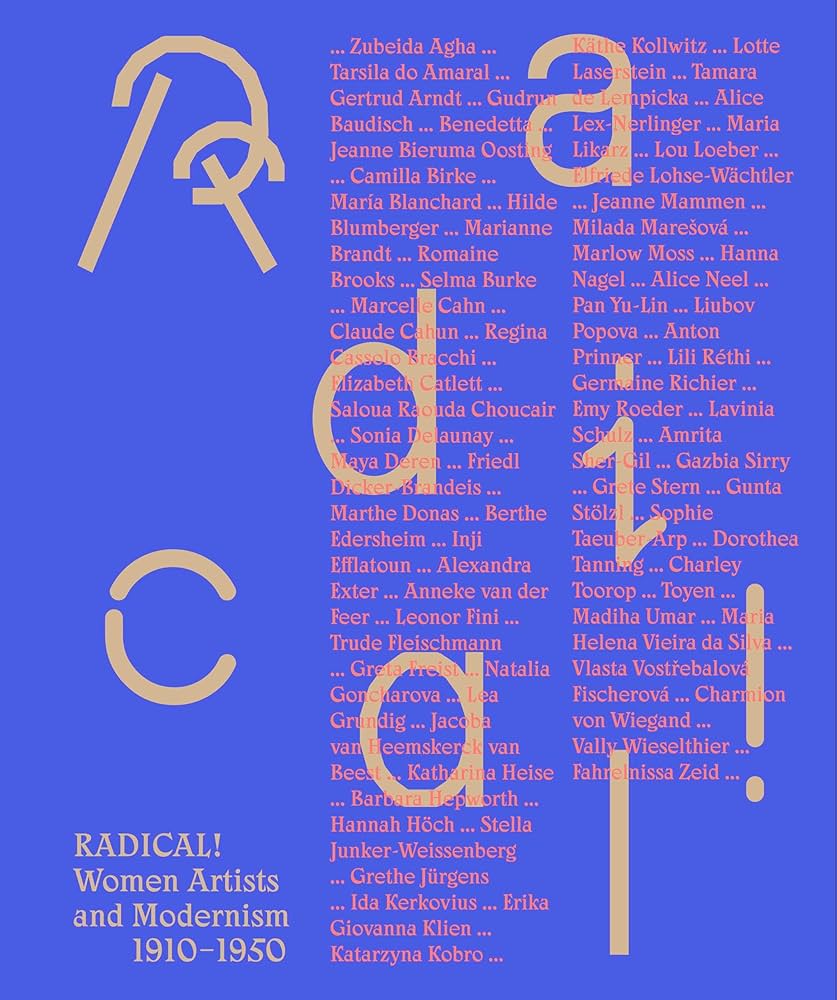
The first half of the 20th century witnessed enormous waves of upheaval. Imperial dynasties were overthrown, economic crises spiraled into depressions and labor organizations advocated on behalf of the working class. As one of many marginalized groups still fighting for equal rights, women keenly felt each transformation of the global landscape. As more women were able to become professional artists, many centered their work on current events. Radical! enumerates over 70 artists whose work spoke to the most crucial issues of their time, addressing not only women’s rights but also racial inequality and economic injustice. With a timeline chronicling significant historical moments worldwide, the publication delineates each artist’s unique perspective and demonstrates how some even fought for rights that their counterparts took for granted.
Anonymous Was A Woman: The First 25 Years, Edited by Nancy Princenthal and Vesela Sretenović. Publisher: Hirmer Publishers, 2025.
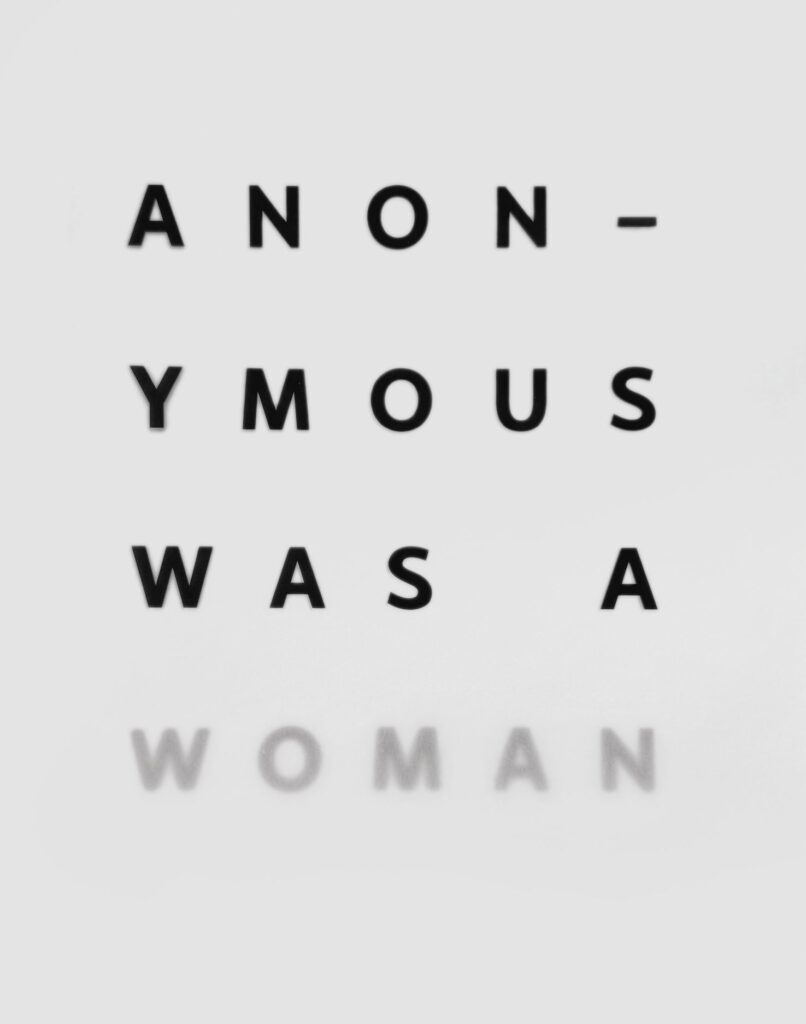
Anonymous Was A Woman: The First 25 Years celebrates the transformative impact of women artists on contemporary art since the founding of the titular grant. In addition to new essays, the book offers a biographical description with selected artworks of each artist who received the Anonymous Was A Woman (AWAW) award from its founding in 1996 through 2020, a period in which the accomplishments of women have thoroughly transformed contemporary art.
Similar Art Herstory posts:
New Books About Women Artists | July–Sept 2025
Recent Books for Young Readers About Women Artist
New Books About Women Artists | Jan–Mar 2025
Ten Intriguing Books About Remarkable Women Artists, a guest post by Carol M. Cram

